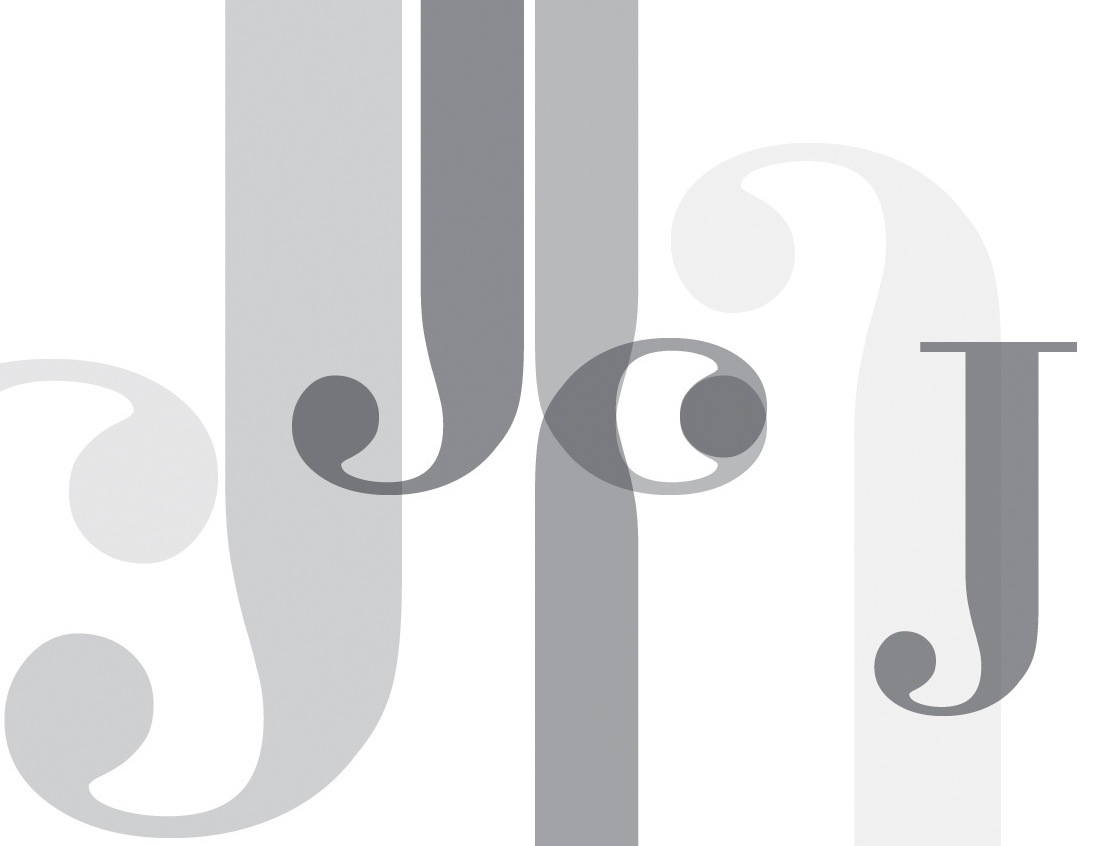|
Bodoni's books

Adam Koster from Oak Knoll in Delaware describes three of Bodoni's publications: - "FREGI E MAJUSCOLE INCISE E FUSE DA GIAMBATTISTA BODONI, DIRETTORE DELLA STAMPOERIA REALE". Parma, Italy: 1771. First edition of Bodoni's first type specimen book. It contains a preface by Bodoni describing the types and ornaments used in the earlier part of his career showing his admiration for the rococo style of Fournier, whom he copied in a flattering manner. "Granted that the most agreeable features of the book are copied, this "specimen" of 1771 is one of the most tasteful and charming volumes of its kind in existence. Each page is surrounded with borders, of which scarcely one is bad, or scarcely two alilke. The types are old style, but their delicacy shows current tendencies, being especially true of the italic. The book is enormously instructive to compare with Bodoni's great, chilly masterpieces, the "Oratio Dominica" and the "Manuale Tipografico" of 1818" (Updike, Printing Types, Vol. I, p.184). Illustrated with more than 400 type ornaments and several pages of capitals...Majuscole ornate e CARATTERI Moderni. Giambattista Bodoni (1740-1813) had recently (1768) been appointed director of the Duke of Parma's private press, the Stamperia Reale, on his way to becoming the most celebrated printer in Europe, and a leader in the development of the modern letter form. " If (Bodoni) was careful in his choice of paper, he relied still more on his type and from 1771 onwards issued a series of typographic manuals, which show the love and labour that he was continuously lavishing on the fashioning and perfecting of this weapon...there is something peculiarly satisfying in the thought of this man through all the vicissitudes of one of the most stormy periods of European history, heedless of changes of regime, cheerfully, unswervingly and successfully pursuing his artistic ideals (Brooks, preface, xi)." With the Borghese family coat of arms gilt-stamped on front boards. The Borghese family, originally from Siena and later from Rome, produced one pope, Paul V, several cardinals, many prominent citizens, and were noted patrons of the arts and letters.
- "Epithalamia exoticis linguis reddita. Parmae Ex Regio Typographeo", 1775. With engraved title page vignette, head- and tail-pieces and historiated initals after Ferrari. Considered one of Bodoni's finest type specimen books, it contains the alphabets of twenty-five exotic languages, including Tibetan, Phoenician and Coptic. Has a poem by Conte Della Torre di Rezzonico.
- "MANUALE TIPOGRAFICO." Two volumes. Parma, Italy: 1818. Bodoni's most substantial and famous type specimen. (Brooks 1216, Updike, Printing Types, II, pp. 169-171). This last specimen to be issued by Bodoni, "with a Discorso by his widow and Prefazione by Bodoni, appeared in 1818, five years after his death. It was completed under the care of his widow and Luigi Orsi, who was for twenty years foreman to Bodoni. Signora Bodoni, writing to M. Durand, of Metz, from Parma (November 14, 1817), says: 'The Manuale Tipografico in two volumes on papier-velin-the only kind of paper used for it-is not yet completed, but it will be, without fail, at the beginning of the coming year. I dare to believe that book-lovers will thank me for having published a volume which is so very important to Typography. The reception which it will have, will make up for the trouble it has cost me (although Bodoni has left the blocks or models for it) and the considerable expense which I shall have had to incur before it is finished. Also, in view of the fact that but 290 copies are struck off, I cannot dispose of them at less than 120 francs, without any reduction. M. Rosaspina has engraved au burin the portrait after one which the celebrated Appiani... painted in oils, which is a striking likeness.'" (Updike II, p.169) The first volume contains a discourse by Vendova Bodoni and a preface by G.B. Bodoni and is followed by the Latin type specimens. Twenty-six separate typefaces are described, each displayed in several different point sizes and most with specimens in Roman and italic. The display of the individual specimens in so many variations is particularly dramatic, the specimens for majuscole alone comprise 108 variations. The second volume displays thirty-four non-Latin type specimens including: Greek, Hebrew, Arabic, Armenian, Cyrillic, Tibetan, and many others. Many of these span multiple pages and present type in varying sizes. The Greek and Russian typefaces are the most comprehensive, with many pages devoted to large and impressive variations. This section is followed by specimens of 1036 decorative borders (Fregi), each designed to work with specific Bodoni typefaces, specimens of ornaments and rules, and specimens symbols for algebra, chemistry, astronomy, and music notation. Several of these are contained on large folding plates.
|
EXTERNAL LINKS
Bodoni's books
MyFonts search
Monotype search
Fontspring search
Google search
INTERNAL LINKS
Books on type design ⦿
Type scene in Delaware ⦿
Coptic typefaces ⦿
Modern style [Bodoni, Didot, Walbaum, Thorowgood, Computer Modern, etc.] ⦿
Fournier ⦿
|

